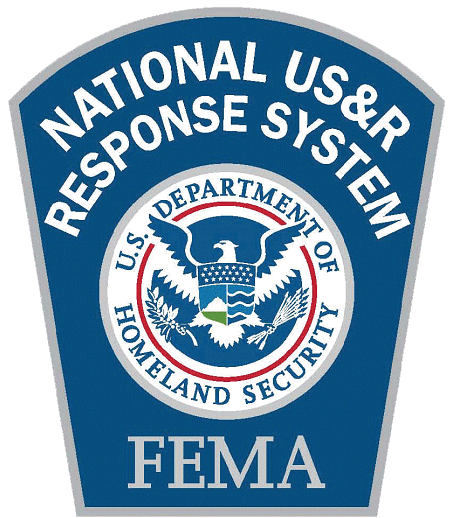US&R Readiness Assessment Program (RAP)
Introduction
The doctrine which guides the Readiness Assessment Program (RAP) is US&R 205 – US&R Administration Manual, Annex E – US&R Readiness Assessment Program Manual and can be found on responsesystem.org/doctrine
The purpose of this self-evaluation is to ensure that the task force completing their annual assessment documents is familiar with the planning, preparation and delivery requirements. US&R teams are strongly encouraged to familiarize themselves with the contents of this and all documents within the Readiness Assessment Program.
The Readiness Assessment Program (RAP) is a demanding process that is not to be undervalued. It requires the total executive and operational commitment of the sponsoring agency, the US&R team, its evaluation cadre as well as several other participants to ensure success.
Any questions with regards to the content of this Self-Evaluation document should be directed to the FEMA US&R Branch, Assessment Lead.
US&R Readiness Assessment Program Description
The National Urban Search and Rescue (US&R) Response System (the System) 2017 US&R Readiness Assessment Program consists of the following four phases and is inclusive of the US&R ANSI Standard:
-
Phase I – Task Force Self-Evaluation – format is included in this package and to be returned to the US&R Branch in accordance with the instructions provided.
-
Phase II – Administrative Readiness Evaluations – Task force evaluations by US&R Branch/Peer personnel are currently planned in 2017.
-
Phase III – Operational Readiness Exercise Evaluations – as funding permits conduct one task force mobilization or deployment exercise during a Cooperative Agreement period of performance. It is expected that each System task force will conduct an evaluated exercise at least once every three years.
System task forces will be evaluated on five modules:
-
Mobilization
-
Transportation of personnel and cache
-
Establishing a Base of Operations (BoO)
-
Onsite Operations
-
Demobilization
-
Each System task force shall develop a three-year Training and Exercise Plan (TEP), updated annually, using Homeland Security
-
Exercise Evaluation Program (HSEEP) principles adhering to the following guidelines:
-
The TEP shall document how all five task force exercise modules are scheduled during the three year cycle – typically this will be one or more modules per year, or the TEP will show how all modules are completed during a single Deployment Exercise to meet the recommendation in one calendar year
-
The TEP shall include any planned or proposed Full Scale Exercises (FSE), Functional Exercises (FE), Drills, Games, Tabletops, Workshops, and Seminars
-
The TEP shall include any scheduled or proposed training to include: classes that are open to other task forces, authorized or approved equivalency courses, FEMA courses hosted locally, and classes conducted for 40 or more students
-
The completed annual TEP calendar shall be submitted with the annual self-evaluation
-
-
Each System task force will annually report their progress on their forecasted three-year TEP to the US&R Branch.
-
Phase IV – Continuous Task Force Readiness Reporting – currently not required.
Note: The method of readiness scoring described in this document will be used for Phase I and II only. The readiness evaluation methodology for Phase III exercises uses the Systems OREEP processes encompassing the exercising of the five (5) modules. Readiness methodologies enable FEMA to consistently and continuously gauge a task force’s development and readiness, and determine task forces immediately ready for deployment. In addition it will provide on task force strengths and weaknesses.
US&R Readiness Areas
-
The three areas of readiness evaluated are:
-
Operations Readiness – Availability of a complement of rostered, trained, deployable, and exercised members.
-
Logistics Readiness – Availability of equipment caches and other logistic resources to support immediate deployment.
-
Management Readiness – In-place resources, plans, agreements, processes, and procedures to support deployments, and meet requirements of the US&R System’s Readiness Cooperative Agreements and other audit requirements.
-
Scoring the three categories of readiness – each of the three categories of readiness (Operations, Logistics, and Management) contains five assessment factors to be evaluated and the appropriate points assigned to the factor. Each assessment factor has a weight value that when multiplied by the determined point value yields the task force’s score for that assessment factor. A maximum score of 100 can be achieved in each of the three readiness categories.
